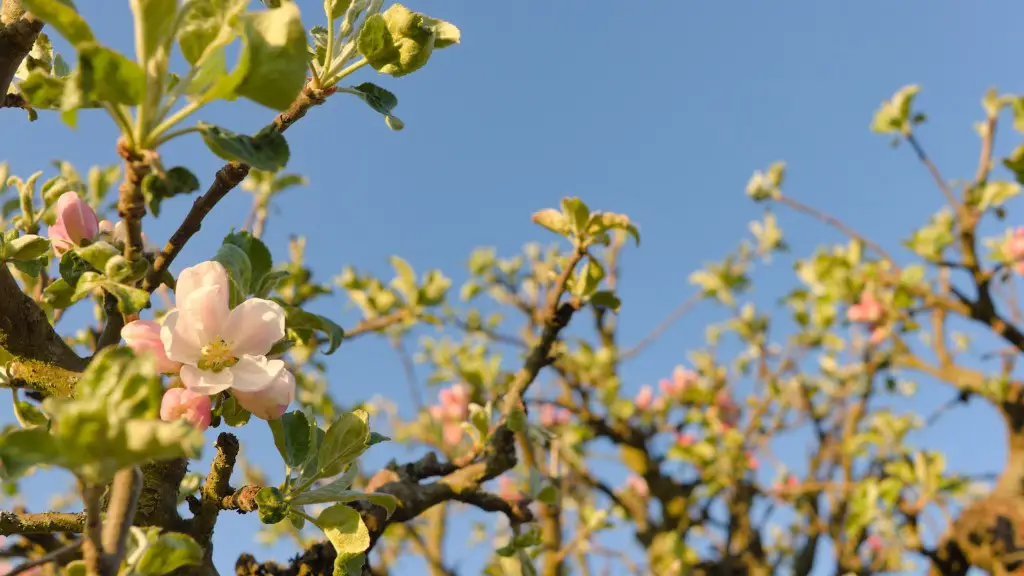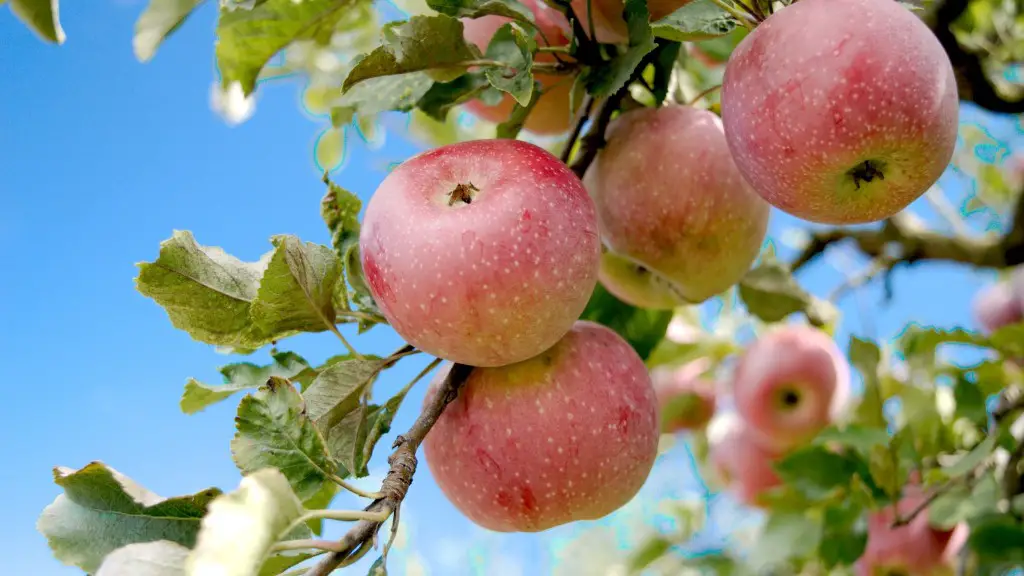When to Prune
The best time to prune a palm tree trunk is during the cooler months of late fall or spring. This is especially important in tropical climates where the days become steadily warmer and longer. Pruning in the cooler months gives the tree time to heal before the sweltering summer heat sets in.
Height Considerations
When you start to prune a palm tree, take note of the tree’s height. If the palm tree has gotten too tall for the space, then it is necessary to shorten the crown. It is best to remove older fronds one at a time and work from the outside in. Remove the fronds in order from the bottom upwards, having them all be the same size.
Tools and Safety
Before beginning to prune a palm tree, make sure you have the right tools. Loppers and pruners are essential for both safety and efficiency. These should be sharp to avoid damaging the tree. It is also important to wear safety glasses and protective clothing to avoid any injuries.
Making a Cut
Once you’ve decided which fronds to remove, get into a comfortable position and use your loppers or pruners to make a clean cut. Make sure the cut is made close to the trunk, but not too close. It can be helpful to make a slicing motion as opposed to a straight down cut to help avoid tearing.
Removing the Foliage
Once the fronds are cut, they should be stripped away from the tree. Most palm trees will naturally pull away from the trunk without too much effort. This will help to keep the trunk clean and the cuts fresh.
Clean-up
Once all the fronds are removed and the palm tree is pruned to the desired shape, it’s time for a final clean-up. Any dead fronds or other debris should be swept away. Then, to ensure the tree is healthy and encourages new growth, it should be fertilized.
Corrective Pruning
Palm tree owners sometimes find that the tree has become unbalanced and need to correct it by pruning. This can be done to correct any issues of shape, symmetry or height. Follow the same steps as those previously listed but you may need to remove more than a single frond to achieve the desired outcome.
Combating Diseases
It’s important to monitor the health of a palm tree and pay attention to signs of infestations or diseases. Pruning is an important part of controlling any issues with pests or fungi. It is best to remove any affected fronds immediately, and to be sure any tools used are disinfected before moving on to other trees.
Encouraging New Growth
Once a palm tree has been pruned and cleaned, it’s time to encourage new growth. This can be done by fertilizing the tree, providing the appropriate amount of sunlight, and making sure the tree is not over-pruned.
Tips from Experts
Experts recommend starting with younger trees that are easier to prune, and to never prune away more than one third of the total fronds. They also advise to check for potential pests or fungi before and after pruning, as well as to make sure the tree is properly watered and fertilized.
Signs of Stress in Palms
If a palm tree shows signs of stress after pruning, such as browning of leaves or orange edges, the tree may be experiencing shock. In most cases, this is normal, however if the tree does not recover after a few days, it may be in need of additional care.
Benefits of Pruning
The benefits of pruning a palm tree trunk include maintaining an even shape, encouraging new growth and reducing the chances of infestations or diseases. With proper pruning techniques and care, owners can enjoy the beauty of their palm trees for many years to come.


